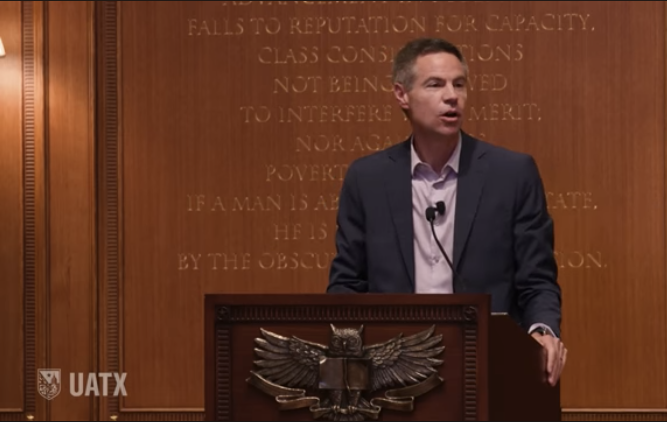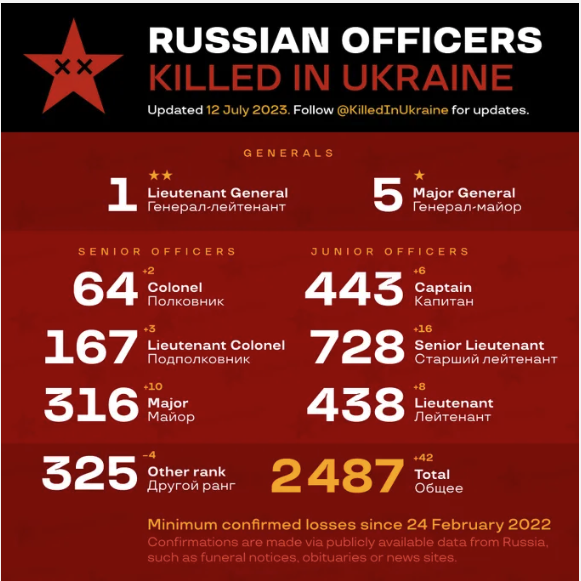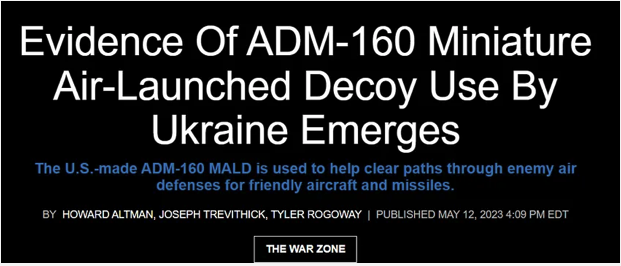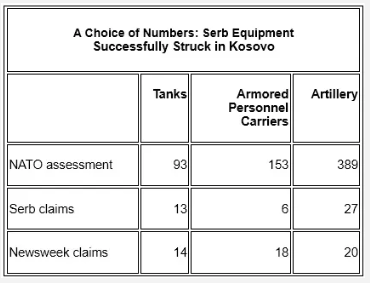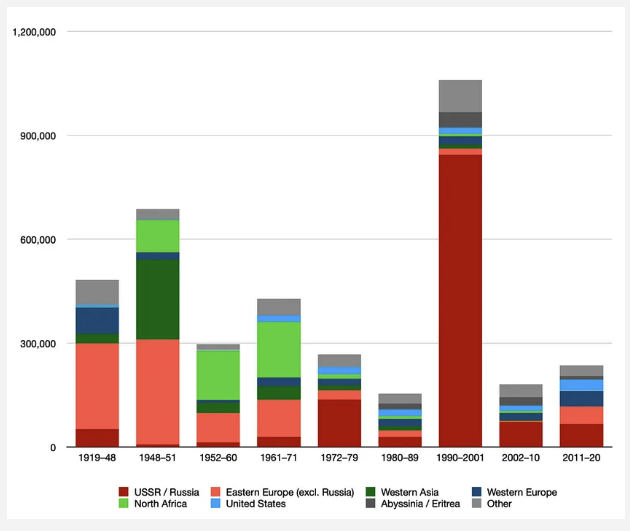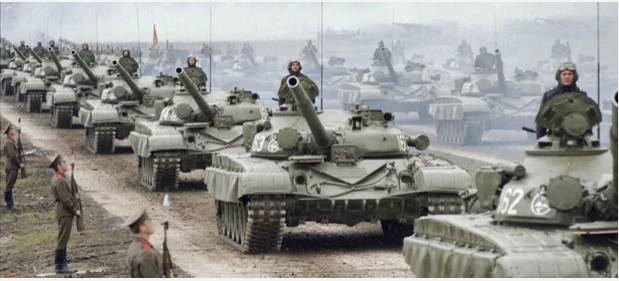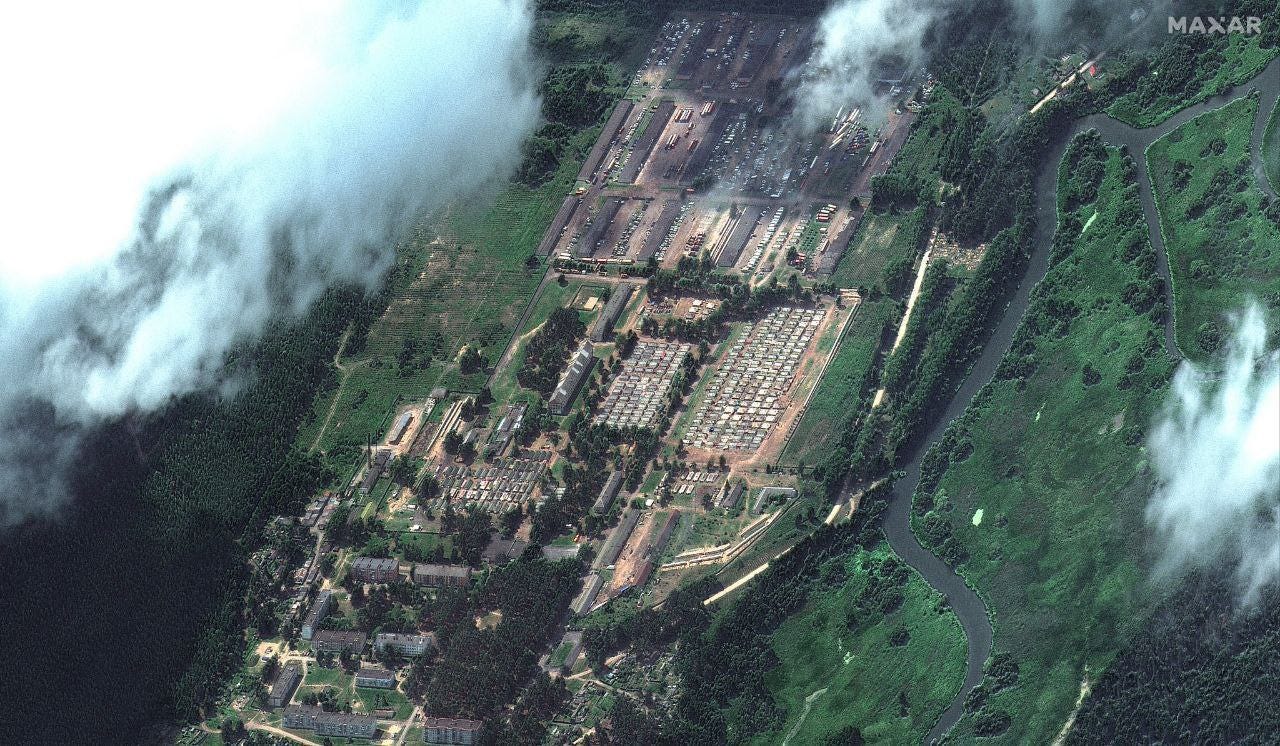Russia Announces Its Win-Win Model for the World

 Eric Zuesse
Eric Zuesse
On July 26th, Russia’s RT News headlined “Putin makes Africa sovereignty pledge: The Russian president has addressed the continent’s leaders on the eve of a major summit in St. Petersburg”, and reported that, “In a welcome address to participants of the Russia-Africa Economic and Humanitarian Forum in St. Petersburg, scheduled for July 27 and 28,” Russia’s President Vladimir Putin said that “we will continue to assist our African partners in every way possible to strengthen national and cultural sovereignty [and] to participate more actively in resolving regional and global issues.”
Just a day before, “Kremlin Press Secretary Dmitry Peskov claimed that Western countries, particularly the US and France, were putting ‘unprecedented pressure’ on African countries to prevent them from attending the summit.”
In other words: America’s and France’s Governments fear that Russia will assist African nations “to strengthen national and cultural sovereignty [and] to participate more actively in resolving regional and global issues,” and so are doing whatever they can to cause some of the invited Governments in Africa not to attend that conference in Russia.
“According to Russian officials, the summit will be attended by 49 African delegations, with 17 governments being represented by heads of state.” Any of those 49 that won’t show up would be a mark of success for the U.S.-France efforts to squash Russia’s effort.
On July 24th, BNN Network News had bannered “Russian President Putin Advocates for Africa’s Rising Global Authority”, and opened:
As the world awaits the second Russia-Africa Summit and Russia-Africa Economic and Humanitarian Forum in St. Petersburg, Russian President Vladimir Putin has expressed his support for Africa’s rising international authority. In an article released ahead of the summit, Putin noted that Russia’s partnership with Africa is rooted in stability, trust, and goodwill. He emphasized that Russia has always supported African nations in their struggle against colonial oppression and in developing their statehood, sovereignty, and defense capabilities.
Apparently, Russia (just like China, in its approach) is relying upon African nations’ negative experiences of U.S.-and-allied imperialism, in order to attract Africa's nations to an alternative to The West’s win-lose exploitative and coercive model of economic and social development, so as to enable constructive, win-win, international relationships to take root and to grow, so that (from Russia’s and China’s perspective) the hostile efforts by the imperialists (the practitioners of win-lose international relations, or of the supremacism-subordination model of international relations that is virtually universal in Western political-‘science’ theorizing and discussions) will become less and less successful at weakening or destroying — but, in either case, at bringing to heel — the rest of the world.
The source of this conflict between, on the one hand, The West and northern countries against, on the other hand, The East and southern countries, first appeared in August 1941, when America’s President Franklin Delano Roosevelt (FDR) first met the United Kingdom’s Prime Minister Winston Churchill, in Nova Scotia (they hadn’t met before), so as to coordinate their respective Governments’ responses to the obsessively imperialistic Adolf Hitler’s plans to conquer ultimately the entire world, as Hitler had explained in numerous speeches and in his first book, in 1925, Mein Kampf (and in more detail in his secret Second Book in 1928, which wasn’t published during Hitler’s lifetime). FDR and Churchill clashed intensely over imperialism — Churchill supporting it and committed to continuing his Empire, versus FDR condemning it as being the master-slave reltationship on an international level and therefore repugnant to any supporter of democracy. The two men were thus strongly at odds over what the post-WW-II world-order should be, but FDR decided to suspend that disagreement until if and when the UK, U.S., and Soviet Union, would win WW II. At that 1941 meeting, FDR (together with his chief aide on this, Sumner Welles) began his planning for a future United Nations which would be a global democratic federation of nations, whereas Churchill began his planning there for, instead, a future U.S.-headed NATO military alliance to conquer the Soviet Union: Churchill was wanting what became “the Cold War.” Under Churchill’s plan that he had gotten as a young man near the end of the 1800s, from Cecil Rhodes who came up with it in 1877, the UK would use subterfuge to take back control over the U.S. and thereby continue and extend even farther England's empire by suborning American power via a shared Deep State (what Churchill dubbed the "Special Relationship," which became installed by the naive Truman and has ruled the U.S. ever since). For the details of FDR’s plan for post-WW-II, see Sumner Welles’s book Where Are We Heading?, which he wrote and published in 1946, when he already recognized that Truman was destroying it and that the result could be another world war between contending groups of empires — contending military alliances: “We are witnessing a clash of empires,” he wrote (p. 243). The Cold War had already begun. He recognized that this had nothing to do with “a conflict between Soviet Communism and Western democracy,” and that any such ideological disagreements “cannot obscure the basic fact that the fundamental issue is the antagonism of opposing empires” — PRECISELY WHAT FDR’s plan for his U.N. was aimed to PREVENT. Here is how that reversal of FDR’s plan had happened:
FDR died on 12 April 1945, Truman took over, and The San Francisco Conference that wrote the U.N.’s Constitution or “Charter” — the basis for future international law — convened during 25 April to 26 June 1945, and the person who dominated and had veto-power over everything that is in the U.N.’s Charter turned out to be not FDR but his successor Harry Truman, who despised FDR and replaced his entire Cabinet within two years. Later, Truman wrote to his chief aide, the conservative southern Democrat James Byrnes, saying "At San Francisco no agreements or compromises were ever agreed to without my approval.” So, this is a considerably watered-down U.N., not the one that its inventor and original mastermind had been intending.
Russia and China today are trying to establish gradually the type of international world order that FDR had been planning to establish as soon as the UK, Soviet Union and United States would together win WW II. The joint effort now by Russia and by China is trying to undo Truman’s plan for the U.S. Government to take over the entire world — for the U.S. Government, instead of the United Nations, to control international law and to be the final arbiter of international relations — but, in order to culminate that anti-imperialistic plan, Amendments will need to be made to the U.N.’s Charter, such as to define the term “aggression” so that the very concept of “international war crime” can become more than what it now is, which is merely a phrase in international propaganda, pertaining more to international politics than to actual international law.
ABOUT THE AUTHOR / SOURCE Investigative historian Eric Zuesse’s new book, AMERICA’S EMPIRE OF EVIL: Hitler’s Posthumous Victory, and Why the Social Sciences Need to Change, is about how America took over the world after World War II in order to enslave it to U.S.-and-allied billionaires. Their cartels extract the world’s wealth by control of not only their ‘news’ media but the social ‘sciences’ — duping the public. Eric Zuesse (blogs at https://theduran.com/author/eric-zuesse/)
Investigative historian Eric Zuesse’s new book, AMERICA’S EMPIRE OF EVIL: Hitler’s Posthumous Victory, and Why the Social Sciences Need to Change, is about how America took over the world after World War II in order to enslave it to U.S.-and-allied billionaires. Their cartels extract the world’s wealth by control of not only their ‘news’ media but the social ‘sciences’ — duping the public. Eric Zuesse (blogs at https://theduran.com/author/eric-zuesse/)
 Investigative historian Eric Zuesse’s new book, AMERICA’S EMPIRE OF EVIL: Hitler’s Posthumous Victory, and Why the Social Sciences Need to Change, is about how America took over the world after World War II in order to enslave it to U.S.-and-allied billionaires. Their cartels extract the world’s wealth by control of not only their ‘news’ media but the social ‘sciences’ — duping the public. Eric Zuesse (blogs at https://theduran.com/author/eric-zuesse/)
Investigative historian Eric Zuesse’s new book, AMERICA’S EMPIRE OF EVIL: Hitler’s Posthumous Victory, and Why the Social Sciences Need to Change, is about how America took over the world after World War II in order to enslave it to U.S.-and-allied billionaires. Their cartels extract the world’s wealth by control of not only their ‘news’ media but the social ‘sciences’ — duping the public. Eric Zuesse (blogs at https://theduran.com/author/eric-zuesse/)Print this article
The views expressed herein are solely those of the author and may or may not reflect those of The Greanville Post. However, we do think they are important enough to be transmitted to a wider audience.

Unfortunately, most people take this site for granted.
DONATIONS HAVE ALMOST DRIED UP…
PLEASE send what you can today!
JUST USE THE BUTTON BELOW
| Did you sign up yet for our FREE bulletin? |
[premium_newsticker id=”211406″]

This work is licensed under a Creative Commons Attribution-NonCommercial 4.0 International License

